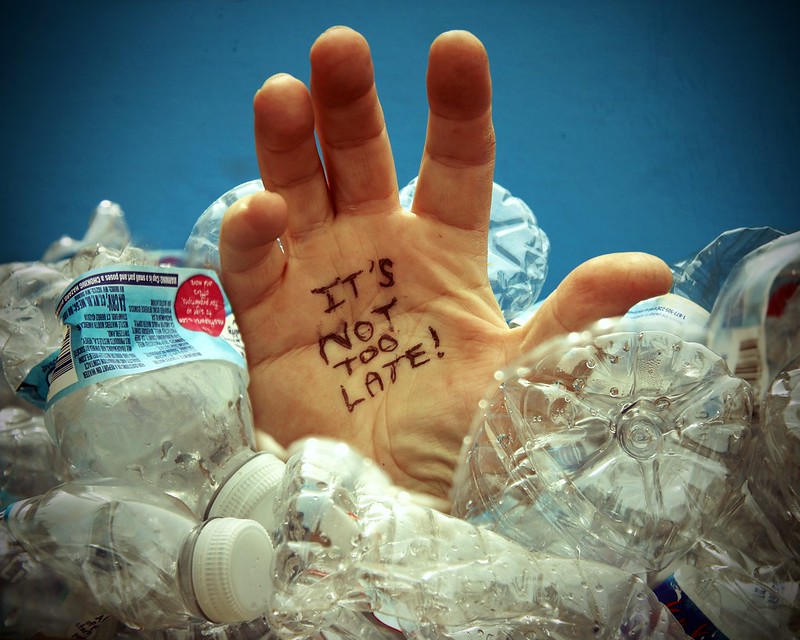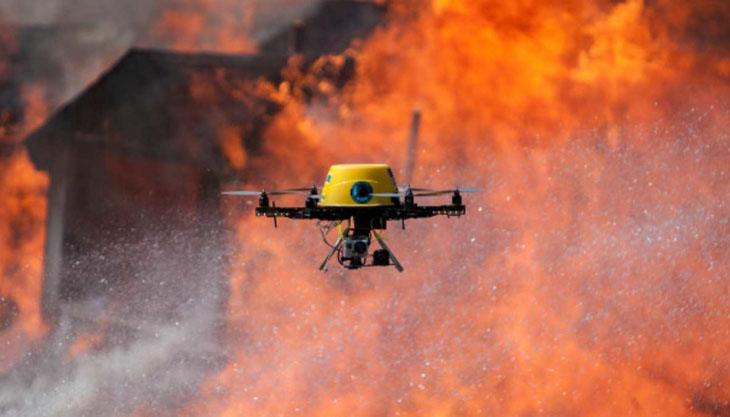Clean air helps us breathe better and more clearly. When air contains harmful chemicals, especially tiny particles called PM2.5 and gases like ground-level ozone, it can hurt the lungs, stress the heart, and even harm plants and wildlife. These pollutants come from many places, including cars and trucks, power plants, wildfires, and some industrial sites. Health organizations around the world track these issues closely because poor air quality is linked to serious health and environmental problems.
How does air quality affect humans?
Polluted air affects people in both the short and long term. In the short term, breathing dirty air can lead to coughing, wheezing, sore throat, and trouble breathing, especially during outdoor activities. Over time, exposure increases the risk of asthma attacks, worse lung function, heart problems, and higher chances of being hospitalized for breathing issues. Ozone can tighten the muscles around the airways and make breathing even harder, while PM2.5 can travel deep into the lungs and even enter the bloodstream, stressing the heart and blood vessels. Children, older adults, and people with asthma or heart disease are especially vulnerable.
What dangers are caused by low air quality?
Low air quality can trigger issues in breathing problems across communities, especially during wildfire smoke events that send particle levels soaring. Reviews of recent research show wildfire smoke is linked with more emergency visits and worsened symptoms in children and teens, and it can also affect pregnancy outcomes. These pollution spikes can force schools and sports teams to cancel or move activities indoors, and they can make outdoor workers and people who exercise outside more likely to feel the effects of the bad air.
What illnesses can be caused by toxic air?
Large studies continue to connect PM2.5 and ozone to major diseases. Long-term and short-term exposure to fine particles is a cause of heart disease, stroke, lung cancer, and chronic lung conditions, while ozone aggravates asthma and may contribute to abnormal lung development in children. Globally, recent analyses estimate millions of premature deaths each year linked to air pollution exposure, underscoring that this is one of the world’s biggest environmental health risks.
Are we in danger because air quality is getting worse?
Risk depends on where you live and the day’s conditions, but concern is justified. In the United States, overall air quality has improved over decades, yet climate-driven factors like heat and wildfires can create days with very unsafe air. Nearly half of Americans still live in areas that experience unhealthy levels of particle or ozone pollution during the year, and federal standards for fine particles were tightened in 2024 to better protect public health and the environment signaling that experts see the need for stronger protection.
What can we do?
You can reduce risk by checking the daily Air Quality Index (AQI), planning outdoor exercise for cleaner air times, using high-efficiency filters or portable air cleaners indoors, and wearing a well-fitting mask during low air quality. Communities can help by supporting cleaner transportation, energy efficiency, and wildfire/smoke preparedness. Good air quality supports healthy people and a healthier environment, and informed choices make a real difference.
Works Cited
American Lung Association. (2025). State of the Air 2025: Key findings & report. https://www.lung.org/research/sota
Health Effects Institute (HEI) & Institute for Health Metrics and Evaluation (IHME). (2024). State of Global Air 2024. https://www.stateofglobalair.org/resources/report/state-global-air-report-2024
U.S. Environmental Protection Agency. (2024). Final updates to the Air Quality Index (AQI) for particulate matter. https://www.epa.gov/system/files/documents/2024-02/pm-naaqs-air-quality-index-fact-sheet.pdf
U.S. Environmental Protection Agency. (2025a). Health and environmental effects of particulate matter (PM). https://www.epa.gov/pm-pollution/health-and-environmental-effects-particulate-matter-pm
U.S. Environmental Protection Agency. (2025b). Health effects of ozone pollution. https://www.epa.gov/ground-level-ozone-pollution/health-effects-ozone-pollution
World Health Organization. (2024, October 24). Ambient (outdoor) air pollution. https://www.who.int/news-room/fact-sheets/detail/ambient-%28outdoor%29-air-quality-and-health
Zhang, Y., Liu, W., Shan, D., He, S., Shi, T., & Yang, H. (2024). Health impacts of wildfire smoke on children and adolescents: A review. https://pubmed.ncbi.nlm.nih.gov/38038861/
Yu, W., Guo, Y., Yu, M., et al. (2024). Estimates of global mortality burden associated with short-term exposure to PM2.5. https://www.thelancet.com/journals/lanplh/article/PIIS2542-5196%2824%2900003-2/fulltext
















